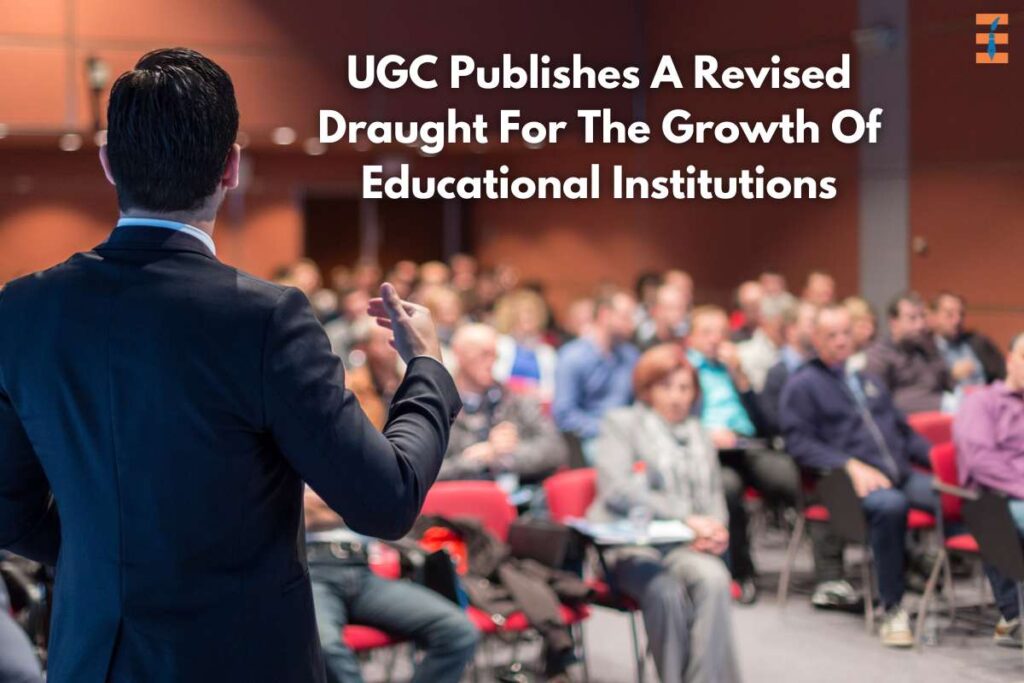Higher education institutes (HEIs) in India now have access to an updated draught of rules from the University Grants Commission (UGC). The guidelines suggest faculty member rankings, the development of “emotional infrastructure,” relationships with the commercial sector to collect funding, and a rise in undergraduate enrollment to boost revenue. Through these guidelines, the University Grants Commission hopes to assist universities and colleges in making plans for their academic, administrative, and financial independence.
Delhi, India A revised draught of the University Grants Commission’s (UGC) guidelines for creating Institutional Development Plans (IDPs) for higher education institutions (HEIs) was released on Wednesday. Among the new recommendations are private sector fundraising alliances, a ranking system for faculty, the development of “emotional infrastructure,” and an increase in undergraduate enrollment to boost revenue.
The commission released the first draught IDP guidelines in January of last year in order to get feedback from interested parties. The updated draught, which was made public on Wednesday, was intended to assist universities and colleges in making plans for their academic, administrative, and financial independence, according to University Grants Commission chairperson M Jagadesh Kumar.
University Grants Commission (UGC) New Regulation 1st August 2023
The recommendations state that HEIs are required to identify and prioritise funding sources for the construction of financial infrastructure, including government grants, alumni gifts, private sector alliances, and fund-raising initiatives.
They also recommended that HEIs, both public and private, work on a “sustainable revenue model” where the funds come from a variety of sources, such as student tuition fees, grants and subsidies from the government, overhead from sponsored research and development projects sponsored by both the public and private sectors, and endowments.
The recommendations also suggested various revenue streams, such as royalties on intellectual property (IP)/patents, corporate social responsibility (CSR), and charitable contributions.
“Depending on the size of the HEIs, each of these sources must provide around the same amount of the overall revenue in a fully developed HEI. Because more students equal more money, HEIs must likewise concentrate on growing their undergraduate programmes, according to the revised rules.
A “faculty ranking or assessment” based on Academic Performance Indicators (API) ratings was also suggested in the draught guidelines, along with additional incentives to encourage teachers.
“When faculty members’ yearly API rankings are revealed and they are rated according to different levels, they produce a winning atmosphere and continuously strive for excellence. In such cases, faculty control at every stage might be minimised, according to the standards.
The draught norms also advised HEIs to develop “emotional infrastructure” by fostering an ethical work environment, a transparent academic and administrative system, and extra caution in all areas of service for both higher education and research activities.
The commission has, however, made it clear that the recommendations are merely indicative. It is essential to retain the institutes’ autonomy when creating and implementing such a plan. As a result, the IDP standards are self-policing, according to the statement.
Also Read: Why Education Sector Needs To Prioritize Cybersecurity?










